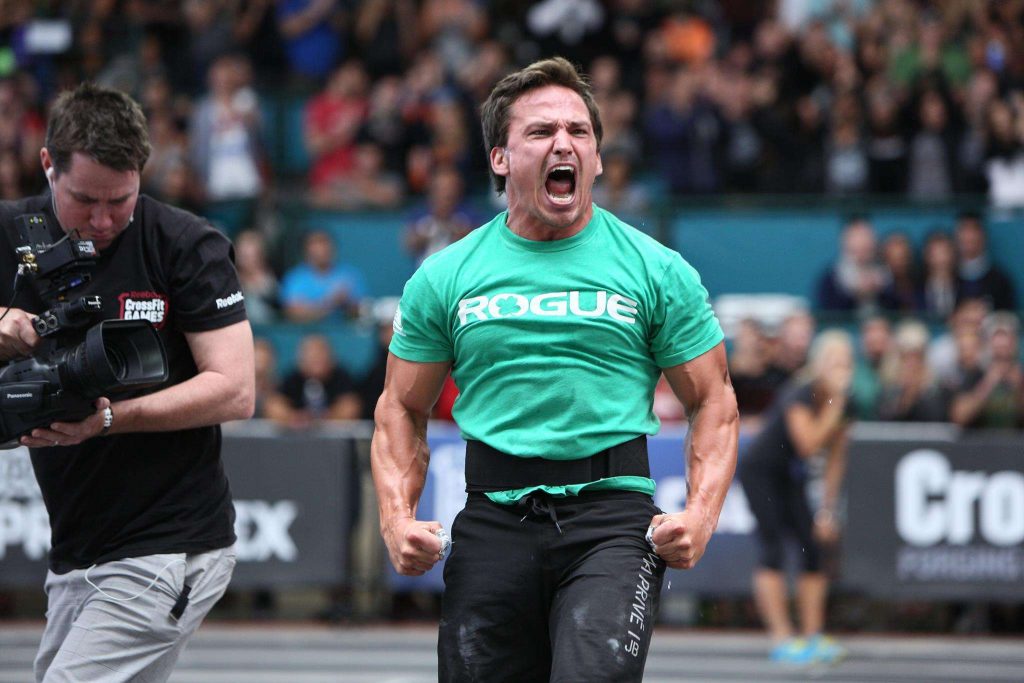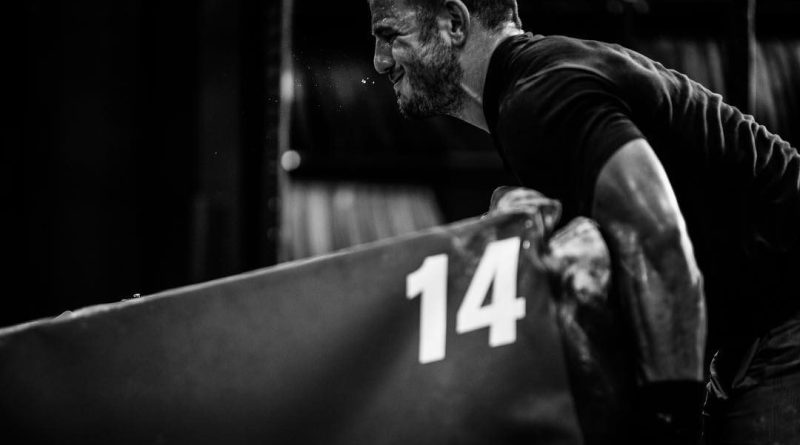Recovery from failure: rebound or crash and burn?
In the «Sport of Fitness» we’ve been lucky enough to witness epic comeback stories. Rich Froning owes his success in CrossFit and in life to that rope climb in 2010. Tia-Clair Toomey bounced back from losing in 2016 and became the most dominant female athlete with three consecutive titles of «Fittest Woman on Earth» (2017, 2018 and 2019).
But although some athletes have increased their performance levels after a major setback, others haven’t been able to replicate those success stories. So, the question remains: which underlying psychological mechanisms explain recovery from failure?
The attributional style theory
The attributional style theory (Abramson, Seligman, & Teasdale, 1984) reflects the process through which an individual determines the causality of events. It entails three components – cognitive, motivational and emotional – and considers three dimensions: stability, specificity and internality.
- Stable-unstable: a stable attribution means the outcome (whether positive or negative) is chronic. Meanwhile, an unstable attribution applies only to the situation at hand.
- Specific-global: «A global attribution implies that helplessness will occur across situations, whereas a specific attribution implies helplessness only in the original situation» (Abramson, Seligman & Teasdale, 1984).
- Internal-external: this determines whether or not the individual considers the outcome as dependent on their own abilities or they attribute cause to external factors (luck, external evaluators, task difficulty, etc.)
These three dimensions interact with each other and result in a great variety of possibilities. However, there is a natural tendency we seem to follow and it has to do with optimism and pessimism. As we saw in another article, both have their own consequences and in relation to the attributional theory, we can distinguish between two completely opposite explanatory styles:
- Pessimistic explanatory style: these individuals explain bad events as stable, global and internal, meaning («they’ll go on forever, affect everything and are all my fault»). Good events, on the other hand, are considered unstable, specific and external («I got lucky this one time and it won’t happen again»).
- Optimistic explanatory style: bad events are deemed unstable, specific and external («My judge in that event was no-repping the life out of me») while good events are considered stable, global and internal («My training is solid and my performance has been consistent throughout the competition»).
Explanatory style is considered by some authors as an active mediator in recovery from failure (Seligman, Nolen-Hoeksema & Thornton, 1990; Martin-Krumm et. al, 2003). Athletes with a pessimistic profile tend to perform even worse after experiencing failure than those who are deemed more optimistic. It would appear that maintaining higher expectations of success kind of act as «protection» for performances in the future.
How can these attributions affect athletes?

- Sport-related injuries: in terms of rehabilitation, both attributional styles can have negative consequences. The pessimistic athlete may have trouble adhering to their rehab treatment while the optimistic athlete may do too much in efforts to recover faster.
- Acquisition of new skills: mastery of a sport-specific skill set is a primary goal for any athlete. Expecting a negative outcome can enlengthen the learning process way more than needed; on the other hand, being optimistic may lead an athlete to go too fast and skip the basics (which in CrossFit can penalize you in the long run).
- Performance in competition: in this context, win-lose situations are a given. An athlete’s attributional style will determine how they cope with their results and will heavily influence their performance throughout the present competition and in the future.
What can we do to manage an attributional style?
As coaches

Coaches play an interesting role in the management of explanatory styles because it so happens that these are usually unknown for the individual – unknown until someone points it out, that is -. As coaches we must first learn how our athletes attribute causality to the events surrounding them and then use that information.
The easiest way to identify an attributional style is to occasionally monitor the expectation of success prior to any given task and then have them explain their failure or success in said task. Then we can proceed to put their attributional styles to the test in different situations:
- Manipulating the variables of a training cycle to generate deliberate success or failure. If we’re dealing with an athlete who internalizes failure on a general basis, we’ll try to set them up for success and have them acknowledge it as such. Also, we can give them negative feedback even if their performance is top-notch. Why? So they realize that although they did everything right, things can still go wrong.
- Having the athlete analyze another athlete’s performance. You’d be surprised how easily one identifies faults and virtues in others and this is a great tool to show an athlete how to detect attributional errors. You can even «disguise» the athlete’s own experience as a hypothetical case and once they analyze it, you reveal the true athlete’s identity.
- Teaching the athlete to generate alternative attributions. After a training session or an important competition, have the athlete explain in as many ways as possible the causality for their success or failure. After that, they must find evidence to support each theory (i.e., if you suck so much at CrossFit, how did you win that event at the Games?; was the judge really gunning for you or where you not getting deep enough in the squat?).
As athletes
Remember that our brains are dynamic and although they come with some heavy hardwire, they’re very reactive to our interactions with the environment. Embrace your explanatory styles for what they’re worth because they both have their advantages; but don’t for a second believe they’re set in stone.
Just the other day I witnessed something incredible. One of the most pessimistic individuals I know is on the brink of receiving a diagnosis for a recent knee injury. She already went through a torn ACL on her right knee which trashed her psychologically, so obviously her past experiences don’t help. I was waiting for her to detail the grimmest of expectations and she surprised me by saying: «you know what? I’m not going to be pessimistic this time. I’ll hope for the best and if I’m wrong, well, then I’ll see what to do then».
Long story short: you’re an ACTIVE agent in this hell of a life. Make the best of it.
- Abramson, L.Y., Seligman, M.E., & Teasdale, J.D. (1978). Learned helplessness in humans: critique and reformulation. Journal of abnormal psychology, 87(1), 49. - Martin-Krumm, C.P., Sarrazin, P.G., Peterson, C., & Famose, J. P. (2003). Explanatory style and resilience after sports failure. Personality and individual differences, 35(7), 1685-1695. - Seligman, M.E., Abramson, L.Y., Semmel, A., & von Baeyer, C. (1979). Depressive attributional style. Journal of Abnormal Psychology, 88(3), 242–247. - Seligman, M.E., Nolen-Hoeksema, S., Thornton, K.M., & Thornton, N. (1990). Explanatory style as a mechanism of disappointing athletic performance. Psychological Science, 1, 143-146.

